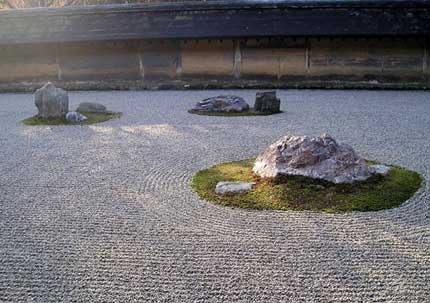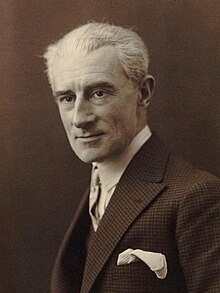Polla Ta Dhina, del 1962, è il primo lavoro di Xenakis con voci e testo.
Qui le voci sono quelle di un coro di bambini che declama su una sola nota (il LA del corista) l’Inno all’Uomo, signore dei mari e della terra tratto dall’Antigone di Sofocle. C’è un grande contrasto fra la semplicità della parte vocale e l’estensione di quella orchestrale che utilizza cromaticamente tutto lo spazio sonoro, dall’ottavino al contrabbasso.
Anche le tessiture strumentali sono molto complesse e in continuo movimento, andando dai ritmi iniziali dei legni e delle percussioni, a sciami di glissati degli archi, agli accordi tenuti degli ottoni, a ribadire il contrasto.
Iannis Xenakis – Polla Ta Dhina (1962), for children chorus & orchestra
Paris Instrumental Ensemble for Contemporary Music, Children Chorus of Notre Dame de Paris, Cond. Konstantin Simonovitch
Il brano è distribuito da AGP come parte di una incisione ormai fuori catalogo.

 Bellissimo e spiazzante è ciò che il compositore dice del silenzio, che abbonda in quest’opera:
Bellissimo e spiazzante è ciò che il compositore dice del silenzio, che abbonda in quest’opera: Ipotesi recenti suggeriscono che Maurice Ravel, il cui decesso è imputato ad una non ben identificata atrofia cerebrale o all’Alzheimer, soffrisse in realtà di FTD (frontotemporal dementia), una malattia non ancora ben conosciuta, nota anche come morbo di Pick.
Ipotesi recenti suggeriscono che Maurice Ravel, il cui decesso è imputato ad una non ben identificata atrofia cerebrale o all’Alzheimer, soffrisse in realtà di FTD (frontotemporal dementia), una malattia non ancora ben conosciuta, nota anche come morbo di Pick.